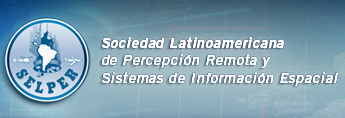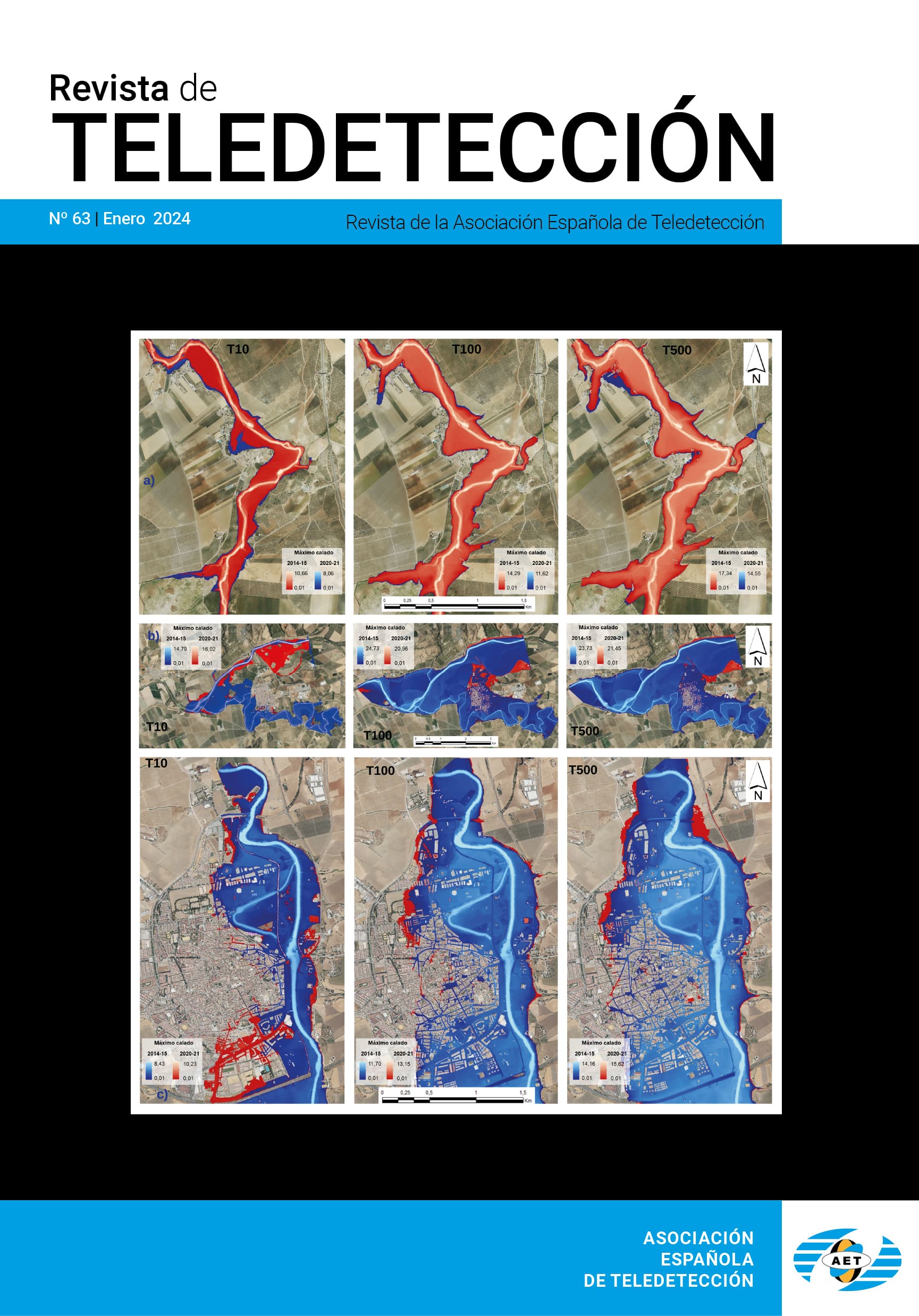Algunas consideraciones derivadas de la simulación de reflectividad en escenas con vegetación dispersa
F. J. García-Haro, M. A. Gilabert y J. Meliá
RESUMEN
En este trabajo se ha simulado, por medio de un modelo lineal de reflectividad, la influencia de algunos factores sobre la reflectividad de superficies con vegetación dispersa -tales como el tamaño pixel, la variabilidad que presentan las reflectividades de las componentes macroscópicas (suelo, vegetación y sombra) y el error que afecta a la reflectividad de la escena- los cuales son inherentes a su estudio mediante teledetección. Estos factores determinan la respuesta espectral de las superficies naturales y, por tanto, la precisión con que se estiman los parámetros en teledetección. En primer lugar se ha utilizado un modelo de reflectividad geométrico para simular la reflectividad en las bandas TM3 (rojo) y TM4 (infrarrojo cercano) de una escena con vegetación dispersa. Ello ha permitido analizar la distribución de reflectividad en el espacio bidimensional TM3 - TM4 en función de los factores considerados en este estudio. Final-mente, se ha invertido el modelo lineal de reflectividad con el fin de cuantificar el error que produ-cen tanto el error con que se calcula la reflectividad como la propia heterogeneidad espacial de la escena en la estimación de la fracción de vegetación.
PALABRAS CLAVE: Modelo lineal de reflectividad, simulación, fracción de vegetación, heterogeneidad espacial.
ABSTRACT
In this work it has been simulated by means of a reflectance linear model how several factors influence the reflectance of canopies presenting sparse vegetation -such as the size of the sensor field of view, the variability in the reflectance of the macroscopic components (soil, vegetation and shadow) and the inaccuracy in the estimation of the scene reflectance. These factors are necessary to adequately interpret the remotely-sensed derived reflectance data and their inter-pixel variance, which is a mayor source of error to quantitative extract vegetation related parameters. A geometric-optical scheme has been generated to simulate the reflectance in two spectral regions, TM3 (red) and TM4 (near infrared). The analysis of the scattergram in the TM3- TM4 space has let us gain insight into the reflectance distribution of vegetated scenes. Finally, the model was inverted to describe the error of the estimated vegetation fraction in the basis of both, the inaccuracies of scene reflectance and the spatial heterogeneity of the scene.
KEY WORDS: Reflectance linear model, simulation, vegetation fraction, spatial heterogeneity.
PULSE AQUI PARA DESCARGAR EL ARTÍCULO COMPLETO.








